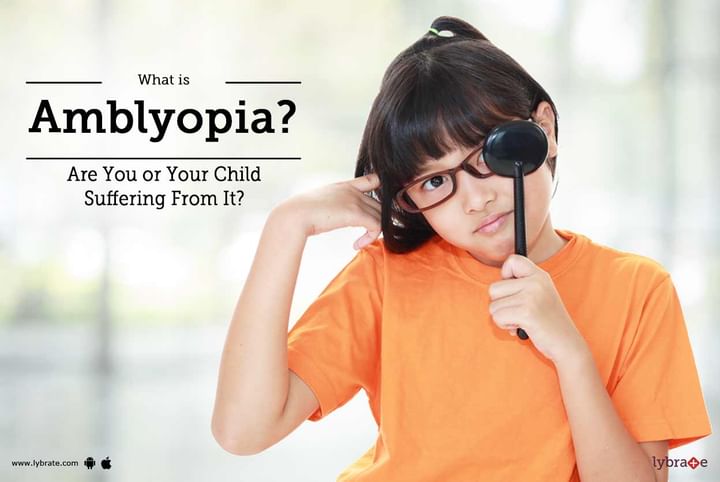What Is Amblyopia? Are You or Your Child Suffering From It?
Amblyopia is decreased vision in one or both eyes due to abnormal development of vision in infancy or childhood. It is commonly known as lazy eye, in which a child's vision does not develop properly, usually in one eye. If it is left untreated, a child's vision will never develop correctly in the affected eye.
What are the types of Amblyopia are there?
There are several different types and causes of Amblyopia, such as Strabismic Amblyopia, Deprivation Amblyopia and Refractive Amblyopia. The end result of all forms of Amblyopia is reduced vision in the affected eye(eyes).
How does Lazy Eye occurs?
Lazy eye occurs when your brain favors one eye, often due to poor vision in your other eye. Eventually, your brain might ignore signals from your weak or lazy eye. The condition can result in vision impairment and loss of depth perception.
What are the Symptoms of Lazy Eye?
Lazy eye may be hard to detect until it becomes severe. Early warning signs include:
- Tendency to bump into objects on one side
- An eye that wanders inward or outward
- Eyes that appear not to work together
- Poor depth perception
- Double vision
- Squinting
What Causes Lazy Eye?
A number of conditions and factors can lead you to rely on one eye more than the other. These include:
- Constant strabismus or turning of one eye
- Genetics or a family history of lazy eye
- Different levels of vision in each of your eyes
- Damage to one of your eyes from trauma
- Drooping eyelids
- Vitamin A deficiency
- Corneal ulcer or scar
- Eye surgery
- Vision impairment, such as nearsightedness, farsightedness, or astigmatism
- Glaucoma, which is high pressure in your eye that can lead to vision problems and blindness
How is Amblyopia diagnosed?
When it first occurs, parents and children often don't notice the condition. It's important to get routine eye exams as an infant and child, even if you show no outward symptoms of eye problems.
Family history of amblyopia is a risk factor for the condition.
How Is Lazy Eye Treated?
- Glasses/Contact Lenses
- Eye Patch
- Eye Drops
- Surgery
- Other treatments include:
- Atropine penalization therapy (also used for maintenance)
- Optical blurring through contact lenses or elevated bifocal segments
If you wish to discuss about any specific problem, you can consult a doctor and ask a free question.



+1.svg)
